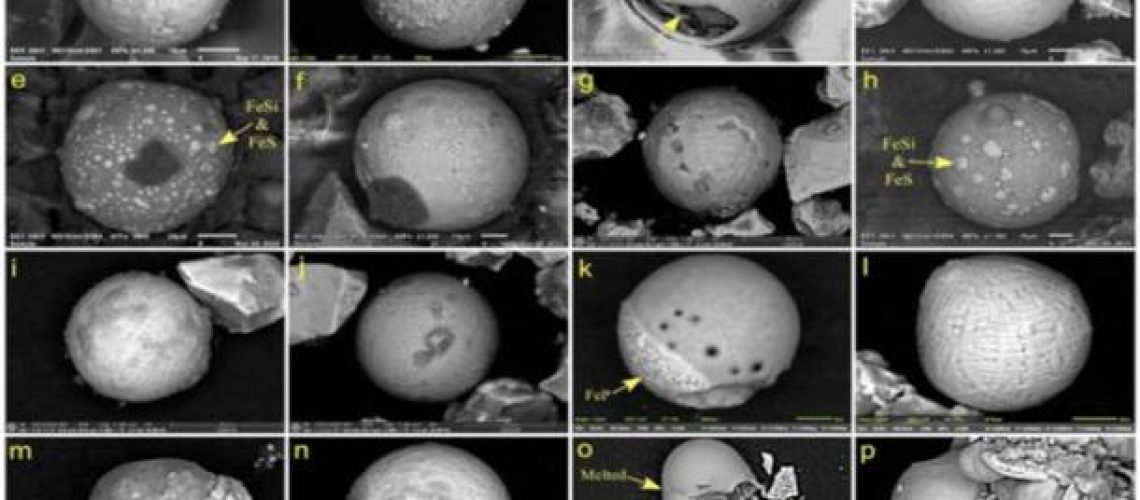
Deep beneath the frigid waters of Baffin Bay near Greenland, microscopic grains of alien dust have been discovered that provide startling new evidence for one of archaeology’s most controversial theories. A study published in PLOS One has uncovered geochemical signatures of a comet explosion that rocked Earth 12,800 years ago, offering the second major scientific validation in recent weeks for the Younger Dryas Impact hypothesis. This ocean-floor evidence adds to the growing body of terrestrial impact markers found worldwide.
- The Younger Dryas Impact Debate – Is It Settled Yet?
- Louisiana Crater Supports Younger Dryas and Hancock’s Lost Civilization Theory
Revolutionary Ocean Floor Discovery
Led by geoscientist Dr. Christopher Moore from the University of South Carolina, an international research team has achieved what many considered impossible – finding definitive comet impact evidence in deep ocean sediments. The researchers analyzed four cylindrical sediment cores extracted from Baffin Bay’s seafloor, each preserving thousands of years of accumulated material in precisely dated layers. Using advanced techniques including single-particle inductively coupled plasma time-of-flight mass spectrometry, they discovered microscopic metallic particles with compositions consistent with extraterrestrial origins, reports Science Alert.


